Keeping history alive
A project run by a group of local activists in Odesa is restoring the city’s historic doors and window frames to their former glory.
Hidden at the back of one of Odesa’s iconic yards is a workshop - the light falling across huge planks of wood, dust spinning in the air. There are shelves filled with every kind of carpentry tool, and huge ten foot high doors and window frames which are going through the painstaking process of restoration.
This is the ‘1000 Doors’ project, part of Architecture Odesa, born from the passion of local activists who were determined to preserve the cultural heritage of their city.
Well before the full scale war, in February 2019 - co-founder Oleksandr Levytskyi and his fellow activists had begun collecting photographs of the city’s historic doors with their unique carvings and stained glass panels, which had been left to fall into disrepair during Soviet times. They realised that a crucial part of Odesan history could be completely lost, if nobody intervened. They took it upon themselves to intervene, creating an archive of thousands of photos. They bought a 3D scanner to create an even more accurate record.
They all worked for nothing, raising donations to fund their work and began planning a restoration programme to bring the historic doors back to their full glory. Depending what state they were in, they estimated each door would cost between $1,500 and $3,500 to restore.
Inside the workshop, which has expanded since they started into a large and impressive space, Oleksandr shows us some doors that are in the process of being reconstructed. It’s a slow and specialist process, especially since some parts are often so badly damaged they need to be completely replaced. Nowadays, he says, they also need to include an electronic lock, so that the doors will work automatically. So a space is cut within the wooden frame to install the necessary wiring. The team have collected a huge array of brass door handles, and other decorative locks, to make the finished doors as authentic as possible.
The project has been partly funded by the European Union, and a delegation came to visit last year and were taken on a walk around some of the doors which have already been restored. But Oleksandr tells us that in these hard economic times when anyone with money to spare donates to the armed forces, it’s become harder to find the resources to carry on. They’ve always looked after their own finances, he says, and don’t want to ask for outside help, but they are also realists, and preserving the heritage of their city is too important to leave to chance. I promise to search around for fundraising possibilities in the west. We walk a few minutes up the road to see one of the most recent restorations: a huge door leading into a stone staircase, which must be about 15 foot high. It has intricate plaster relief work around the frame and the beautifully remade door has long panels of stained glass. Oleksandr opens the lock with his special master key so that we can go inside and see the art deco style stained glass in the right light. It is glorious and richly coloured: giant vases of roses and at the top, a panel with the house number 10. It took 18 months, he says, and around $10,000 to complete.
It is a thankfully quiet evening, uninterrupted by air alarms or explosions: but too often, Odesa, with its UNESCO protected historic centre, comes under frequent attack from Russian ballistic missiles and drones. Important art collections have been whisked away to safe places abroad, statues are shrouded in protective material, windows of important buildings like the art museum are covered in sheets of chipboard. It feels all the more important, at a time when Russia is relentlessly attacking this beautiful Black Sea city and the people who live here, to protect and celebrate the treasures of its Ukrainian past.
You can donate to support the project on their site here. https://1000doors.org/

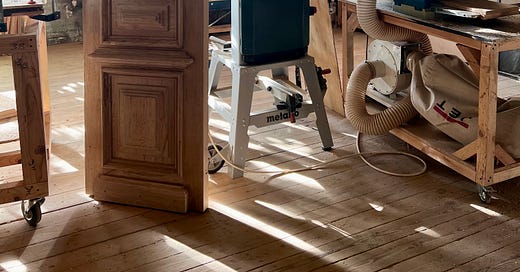



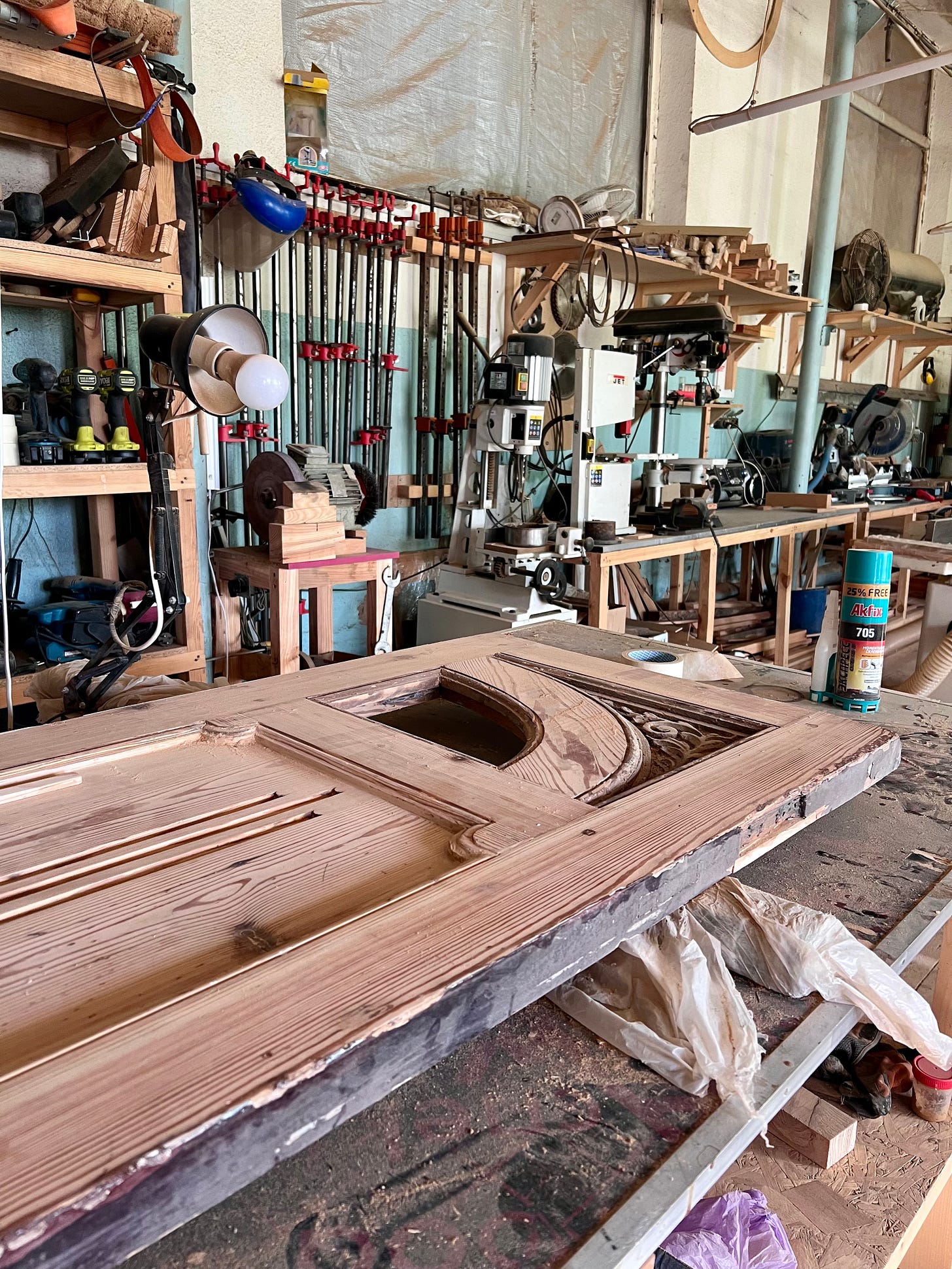
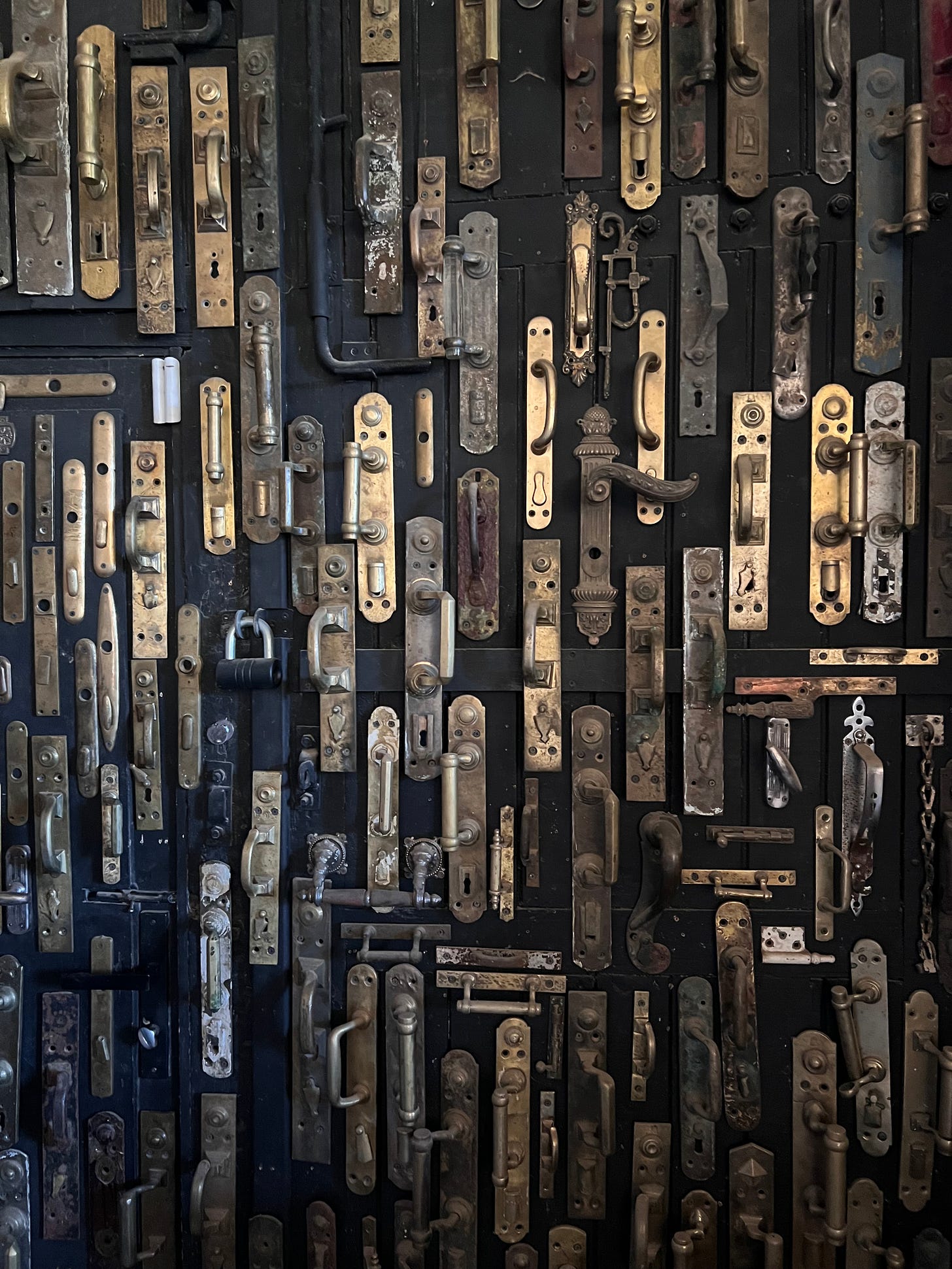

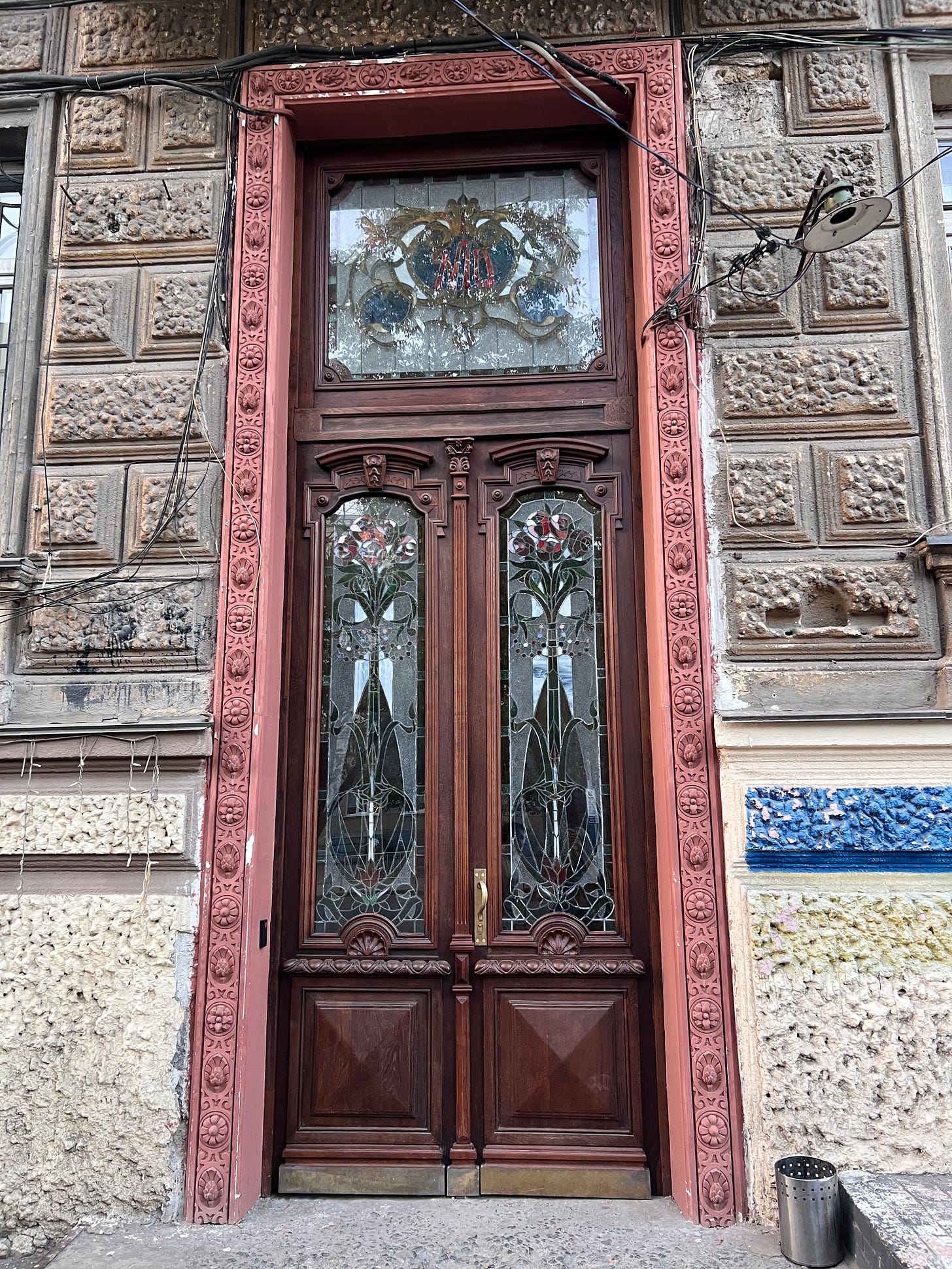
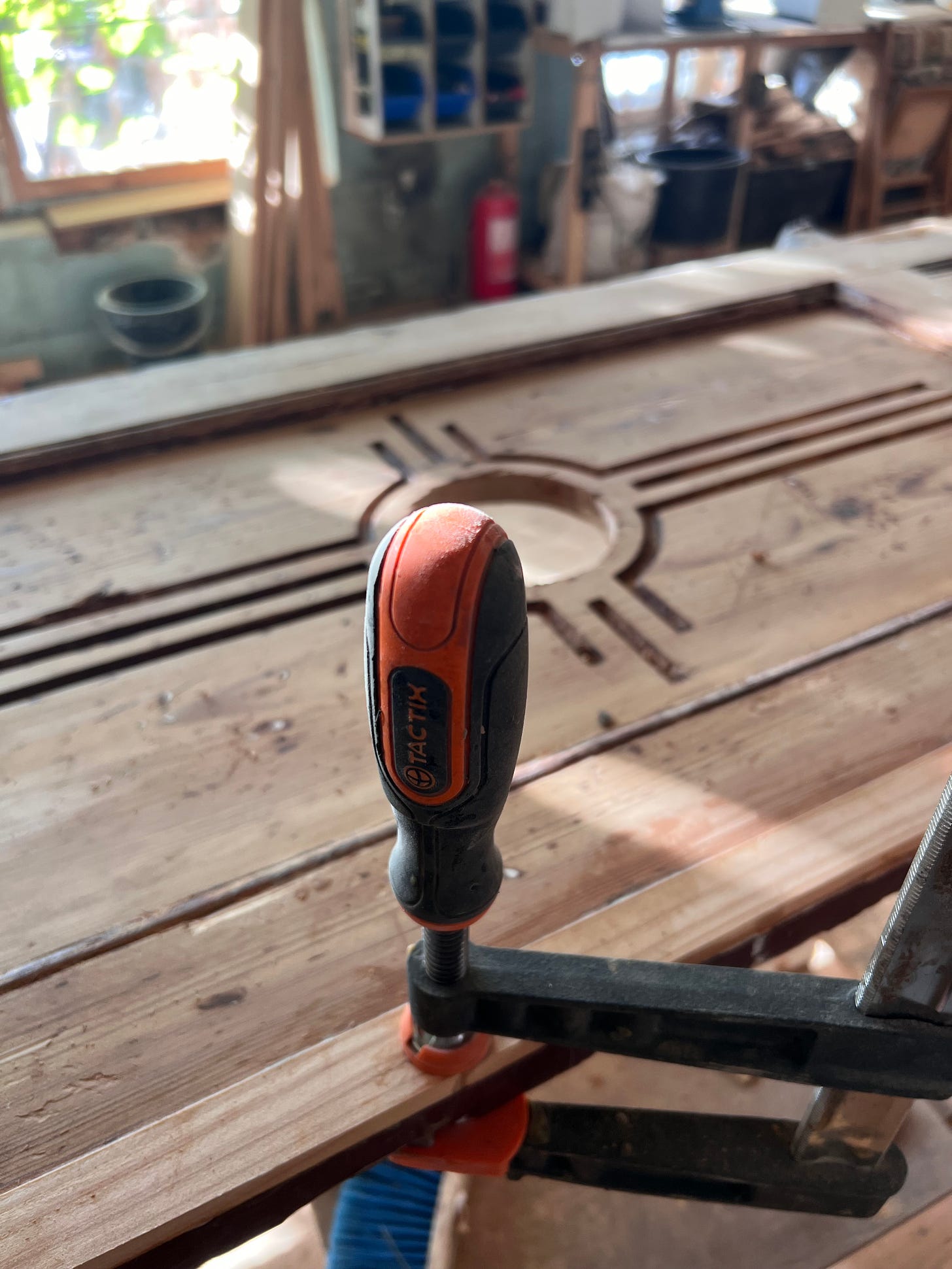
Wow, those are beautiful! I’m an architecture nerd so I’ve bookmarked the site, thanks!